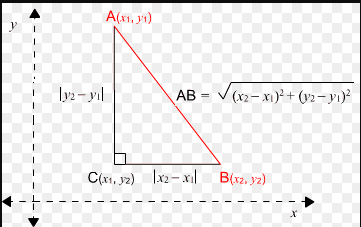Browse by Stream
-
Engineering and Architecture
Exams
Colleges
Predictors
Resources
-
Computer Application and IT
Quick Links
Colleges
-
Pharmacy
Colleges
Resources
-
Hospitality and Tourism
Colleges
Resources
Diploma Colleges
-
Competition
Other Exams
Resources
-
School
Exams
Top Schools
Products & Resources
-
Study Abroad
Top Countries
Resources
-
Arts, Commerce & Sciences
Exams
Colleges
Upcoming Events
Resources
-
Management and Business Administration
Colleges & Courses
Predictors
-
Learn
Law Preparation
MBA Preparation
Engineering Preparation
Medical Preparation
-
Online Courses and Certifications
Top Streams
Specializations
- Digital Marketing Certification Courses
- Cyber Security Certification Courses
- Artificial Intelligence Certification Courses
- Business Analytics Certification Courses
- Data Science Certification Courses
- Cloud Computing Certification Courses
- Machine Learning Certification Courses
- View All Certification Courses
Resources
-
Medicine and Allied Sciences
Colleges
Predictors
Resources
-
Law
Resources
Colleges
-
Animation and Design
Exams
Predictors & Articles
Colleges
Resources
-
Media, Mass Communication and Journalism
Colleges
Resources
-
Finance & Accounts
Top Courses & Careers
Colleges
Get Answers to all your Questions


- Home
- Engineering
- A circle is inscribed (i.e. touches all four sides ) into a rhombous with one angle <img alt="60^{0}" src="h
- #Amrita Engineering Entrance Examination
- #Co-ordinate geometry
- #Class 11
- #Joint Entrance Examination Main
- #Maths
- #Engineering
A circle is inscribed (i.e. touches all four sides ) into a rhombous with one angle
. The distance from the centre of the circle to the nearest vertex is equal to
. If P is any point of the circle, then
is equal to:
Option: 1
0.12
Option: 2
11
Option: 3
10
Option: 4
13
Answers (1)

Distance formula -
The distance between the point
is
- wherein
Parametric form -
- wherein
Circle with centre and radius
.
Let coordinates of any point on the circle be
and
View full answer
JEE Main high-scoring chapters and topics
Study 40% syllabus and score up to 100% marks in JEE



